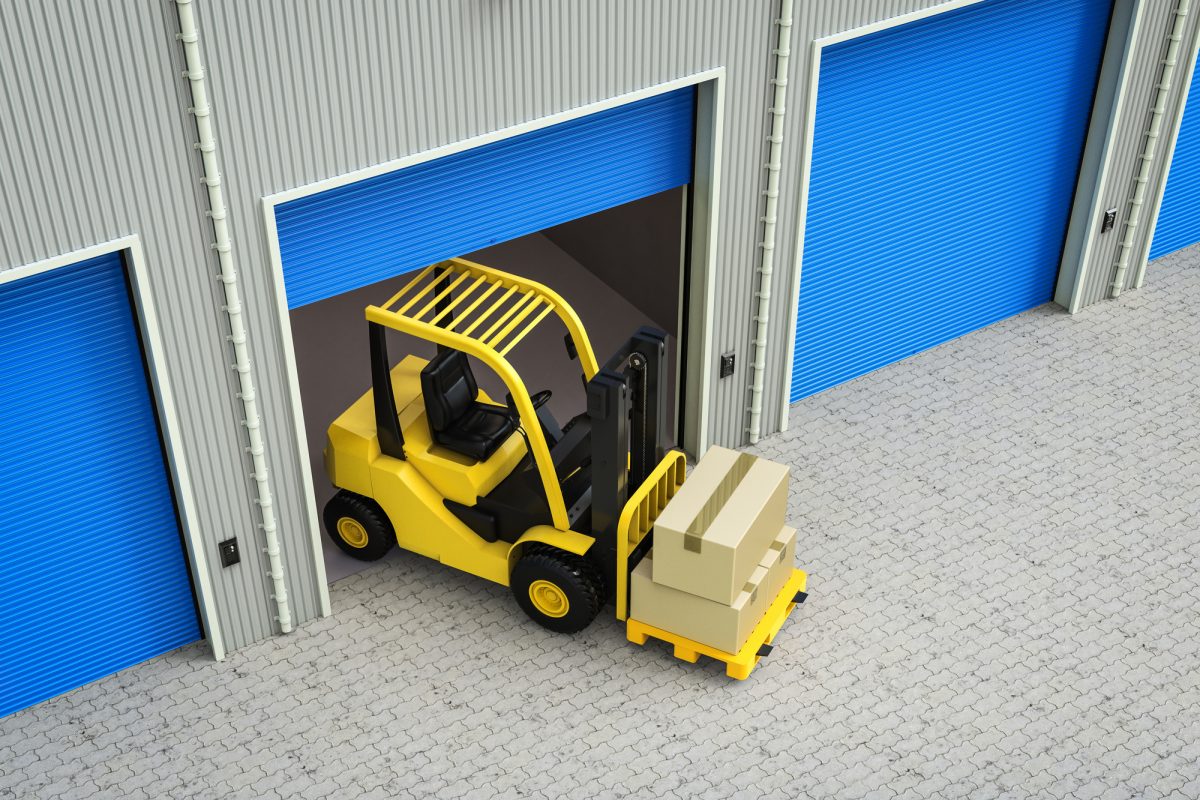People are more concerned than ever with good sanitation and the prevention of disease. Obviously, this has a lot to do with the Covid-19 problem, but there are plenty of other reasons to keep things nice and clean. For instance, those who work in food-related industries, or those who work with the elderly and sick, should probably be doing this anyway. Unfortunately, standard methods of sanitization are not intended for large-scale use. As such, we need to look at some alternative solutions.
About Doorway Sanitizer Systems
Rather than take the time to wash your hands (and other high-contact surfaces) all the time, you can automate the process. There are several ways of working sterilization into a point of entry (usually a door). In most cases, these procedures are aimed at sterilizing hands, feet, wheels, tools, and anything else that has a high likelihood of causing cross-contamination.
Automatic Forklift Sanitizer Systems
As you may know, warehouses have to be particularly careful about communicable diseases. In many cases, they are handling merchandise from distant parts of the world, and the workers will be more vulnerable to exposure. Apart from the obvious vectors like hands and feet, disease and contamination can also be spread by the wheels of a forklift. If you look at this study, you will see that the problem is well-documented.
That’s why some companies have invented automatic systems that sterilize the wheels with a spray of liquid sanitizer. These devices usually consist of four small sprayer devices, each mounted near the wheels of the forklift. Hoses connect them to a pressurized tank, and all the driver needs to do is work the pump once. Some people complain about the liquid left behind on the floor, but there is probably no way to get around that issue.
Footwear Sanitizer Systems
In order to keep people from spreading contamination by foot, many companies and groups now use devices that automatically sanitize the soles of your shoes. These are very simple devices that usually require no power source. Like the forklift sanitizer systems we examined above, they work by using pressure and are easy to operate. Most of the time, they work by using a mist of sanitizing liquid, which is a lot less messy than a liquid sprayer.
If you want to know a little bit more about the nature of the problem, this study is a good place to go next. Bacterial tests were performed on the shoes of many people from many different professions. Not surprisingly, they found that animal care workers and healthcare workers were most likely to have serious shoe contamination.
Door-Handle Sanitizer Systems
We have covered wheels and feet, so let’s talk about hand sanitization. There are a number of devices on the market that combine a door handle with a sanitizer dispenser. In most cases, these will use alcohol-based sanitizers that evaporate with little to no need for towels. When designed properly, these make hand sanitization into an automatic part of one’s daily routine.
As you might imagine, door handles are one of the filthiest things around. All kinds of people touch them, and there’s no telling what they touched before that. So, unless you want to use a new pair of gloves every time you need to open a door, you will want something like this. This study explored the true filthiness of doorknobs at a college campus, and the results were pretty grim. Not only can a microbial colony live on door handles for an extended period, but they will also grow in number as the doorknob accumulates dirt and other debris.
Silver-Based Disinfectants
Although it might sound crazy, silver is one of the most effective disinfectants known. Although they may not have understood all the science behind it, the ancients knew that silver had a way of preventing disease. As you can see from the following study, their belief in the disease-fighting properties of silver was well-founded.
For those who are concerned about the Covid-19 epidemic, this study is of particular relevance. Several silver-based disinfectants were shown to be highly effective in fighting Transmissible Gastroenteritis Virus (TGEV). This virus is a close relative of the coronavirus, so it is reasonable to assume that it will be effective for the treatment of Covid-19. Here is another study that more or less confirmed the same points.
At this point, you might be wondering how on earth silver can be used for this sort of thing. After all, isn’t it far too expensive for that? Well, if you used pure silver, that would obviously be a concern. However, we are mostly talking about silver derivatives that contain very little precious metal. As such, they can be acquired much more cheaply than most would guess. Silver disinfectants have proven their worth over many years, and are thus worth considering.
One of the best ways to utilize the protective properties of silver is with a special type of paint or coating. By using silver-containing paint (or something similar), you can make it very difficult for bacteria or micro-organisms to grow. This will reduce the need for sterilization and save you money on sanitizing liquids as well.
Conclusion
As more and more people come to understand the dangers of cross-contamination, you can bet that plenty of other solutions will be offered. Even when the current scare has ended, many high-risk workplaces will need to continue maintaining high levels of caution.
The most important thing is to choose a solution that fits the situation. You want sanitization to become a seamless and normal part of your everyday routine, and you need lots of others to follow along without too much effort or thought. If you do this, you can bet that your workplace will be a lot safer. We hope that this article has helped you to be a little more prepared and that you are now informed enough to make the right decision. If so, you can show your gratitude by filling out the contact form below.







